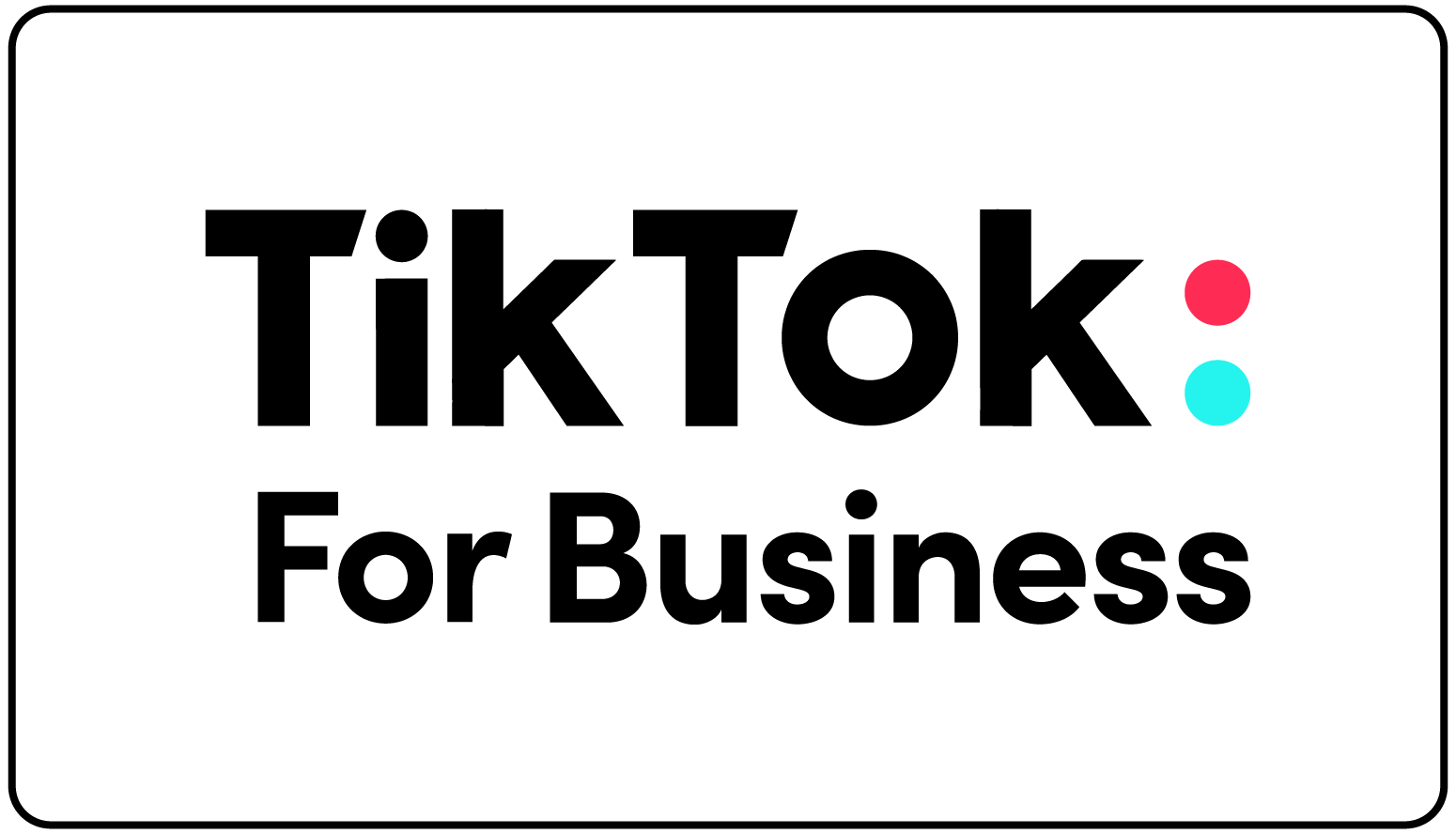Have you ever considered why some ads connect so effectively with patient needs? Let’s explore these healthcare social media advertising strategies together. Imagine creating content that captures attention and smoothly complies with Health Insurance Portability and Accountability Act of 1996 (HIPAA) regulations.
Understanding the Social Media Landscape for Healthcare Advertising
Social media is a platform where healthcare organizations can engage with the public. On these platforms, 54% of patients research and evaluate their options for medical treatment. This offers a significant opportunity for consumer-facing digital health companies but also requires careful navigation of responsibilities.
Companies must focus on building trust and credibility while adhering to privacy laws and maintaining patient confidentiality. Patients use social media for casual browsing and assessing potential companies by how effectively they communicate about wellness and medical advancements, influencing their decisions on whom to trust for their healthcare needs.
Crafting Compliant Healthcare Ads
Research published by the National Library of Medicine and insights from Google underline why nailing this whole social thing matters.
That small screen can pack a big punch if your ads are tailored right. This is why Matchnode emphasizes responsive design and concise messaging.

But paid search isn’t just about getting seen—it’s about being seen lawfully within industry-specific red tape such as HIPAA laws. So, how do we respect patient confidentiality while also reaching prospective patients?
Social media can be likened to a public forum where you engage and share information, being mindful not to disclose confidential details. Focus on targeting audiences based on interests or demographics rather than specific medical conditions. This approach ensures communication is relevant and informative, leaning more towards sharing general wellness news rather than delving into personal health matters.
Do’s of Paid Social Media Campaigns in Digital Healthcare

Prioritize Clarity
and Honesty
In healthcare, trust is currency. Ensure all advertisements are clear and accurate and provide honest information about healthcare services and products. Avoid misleading or ambiguous claims.

Leverage AI tools Effectively
Pull the best targets from broad audiences using Artificial Intelligence through OpenAI and other AI tools. Familiarize your team with how AI impacts paid ads. Alternatively, partnering with a marketing agency that already knows how to do this is a solid shortcut for successful targeting.

Create an Active Social Media Presence that Acts as a Hub
Highlighting expertise and addressing shared interests or concerns in digital health services helps create a space where prospective patients feel recognized and understood even before they initiate contact.
The strategy is to specifically target individuals more likely to be interested in your offerings. This targeted approach ensures that your advertising efforts are focused and efficient. Tailoring your messages to reach the right audience effectively can lead to significant increases in engagement rates.

Use Patient-Centric Messaging
Craft messages that put the patient’s needs and concerns at the forefront. This involves understanding patient pain points and addressing them directly. This works incredibly well for niche pain points, showing patients needing your solution that they’re not alone and are being heard and understood.
It’s about saying, “We understand exactly what you’re going through, and we’re here to help.” This approach effectively creates a sense of community and support, especially for those who might feel overlooked or underserved by general healthcare messaging.

Include Disclaimers When Necessary
Including clear disclaimers in healthcare social media advertising is essential, particularly for treatments or services with specific risks or limitations. These disclaimers inform patients about the potential outcomes and side effects, ensuring that advertising remains transparent and truthful.
This helps make informed healthcare decisions and aligns with ethical practices and legal requirements in healthcare communications.

Use Patient Testimonials Prudently
The use of patient testimonials in healthcare advertising, while potentially powerful, needs to be approached with caution and responsibility. Ensuring that testimonials are genuine and authentic is crucial; they should reflect real experiences and outcomes of patients without embellishment.
Before featuring a patient’s story or feedback in your advertisements, it’s essential to have their written consent. This respects the patient’s privacy and autonomy and aligns with legal and ethical standards, particularly concerning confidentiality and privacy laws like HIPAA in the United States.
Even with consent, it’s advisable only to share the information directly relevant to the testimonial and avoid details that could compromise the patient’s privacy.

Focus on the Creative Side
Creative content, whether through compelling storytelling, visually appealing graphics, or relatable narratives, captures attention and communicates complex healthcare messages in an accessible and memorable way.
This helps massively raise awareness about digital health topics and build trust and emotional resonance with the audience. Creativity in such scientific campaigns can transform mundane health information into appealing and persuasive dialog, leading to higher engagement, better recall, and ultimately, more effective health communication.
Don’ts in Healthcare Social Media Advertising
In healthcare marketing, navigating the social media landscape requires careful and informed steps. Any misstep can lead to serious consequences, such as substantial fines or, more critically, losing your audience’s trust.
Mainly, offering medical advice on platforms like Meta ads is risky and should be avoided to maintain compliance and ethical standards.

Avoid Giving Medical Advice Online
Offering medical advice or making claims about treatments can land you in hot water. It’s also unethical and risky because it doesn’t consider each person’s unique health condition.
Advertisements are designed to reach a broad audience. They can’t possibly account for each person’s medical history, allergies, or specific health needs, making it wildly inappropriate to deliver personalized medical guidance.
Your paid ads should only create awareness and educate the public about health issues, services, and products while strongly encouraging individuals to seek professional medical consultations for personalized advice.

Don’t Use Fear Tactics
Using fear to manipulate people to seek digital health or telehealth services or products can have negative psychological impacts and may undermine your credibility.
Fear tactics often present worst-case scenarios or exaggerated consequences of not using a particular service or product. This approach can create unnecessary anxiety and stress for the audience.
It can lead to avoidance behaviors, where individuals become too overwhelmed or scared to seek necessary medical help.
Patients are more likely to engage with consumer-facing digital health companies that offer supportive, informative, and reassuring communication. This includes highlighting the benefits of timely medical intervention, the effectiveness of treatments, and the positive outcomes of using certain healthcare products.

Avoid Medical Jargon
Medical terms and complex language may not be easily understandable to people without a medical background. This can lead to confusion and a disconnect between you and your audience. Your goal should be to inform and educate, which requires clear and easily digestible language.
Simplifying language doesn’t mean diluting the information’s accuracy; instead, it’s about presenting the information in a way that resonates with a broader audience. It also demonstrates your commitment to patient-centered care, making healthcare information as accessible and patient-friendly as possible.

Don’t Over-Promise
When patients are promised more than what can realistically be delivered, it leads to a breach of trust. Patients rely on healthcare advertisements to make informed decisions; therefore, providing an accurate depiction of what they can expect is a fundamental ethical responsibility.
Setting realistic expectations involves transparency about treatments or services’ potential risks and limitations. While it’s natural to want to highlight the benefits, it’s equally important to acknowledge that no treatment is without its challenges or potential side effects.
Finally, over-promising can have legal implications in the healthcare industry. False or misleading claims can lead to regulatory penalties and legal actions. Therefore, you must ensure your advertising content is ethical and compliant with regulatory standards.
Maximizing ROI Through Effective Paid Ad Strategies
If you’re in the consumer-facing healthcare business, your ads must be optimized for success. They’ve got to work hard—like an ER nurse on a rainy Saturday night. The secret sauce? Combining killer ad copy visuals with testing different ad formats and placements until you hit that sweet spot.
You know it’s all about compelling calls-to-action (CTAs). It’s not rocket science; if people don’t click, they can’t convert. So, make those CTAs pop. And while we’re at it, let’s talk about monitoring performance because throwing money at ads without checking their vitals wastes time.
Making data-driven adjustments is what separates the pros from the amateurs. Let’s say one of your ads is bringing in patients like free flu shots during the cold season—that’s where you double down. But another ad might be flopping harder than fish out of water—time to pivot or cut bait.

Optimize Ad Copy Visuals
Your ad has a very short time to capture attention. Every element must be purposeful, creating a visual hierarchy that quickly guides the viewer’s attention to the call to action. The design should be straightforward and engaging to draw in the audience instantly.

Test Different Ad Formats and Placements
A/B testing isn’t A/Boring Testing; think of it as matchmaking for your audience and content—the aim is to build long-term relationships with your audience, turning casual browsers into loyal patients who engage consistently and maintain a lasting connection with your healthcare products.

Use Compelling Calls-To-Action
Few CTAs in digital health are sweeter music to ears than hearing “covered by insurance.” The call-to-action in your ad should be clear and compelling, quickly conveying to users the benefits of clicking, much like discovering an unexpected treat. It needs to stand out and grab attention, clearly communicating the value proposition to the audience.

Monitor Ad Performance Make Data-Driven Adjustments
Relying solely on intuition in marketing can lead to poor results. Use available analytical tools to gain precise insights, allowing for strategic budgeting and maximizing return on investment. This data-driven approach helps make informed decisions for effective campaign management.
Building Trust Credibility via Consumer-Facing Digital Health Ads
Gaining the trust of healthcare consumers is no small feat. Patients need assurance that they’re making the right decision for their health. It is essential to demonstrate not just your expertise but also who you are to gain the confidence of healthcare consumers.
Provide Accurate Verified Medical Information
Sharing verified medical information is critical in establishing credibility as a trustworthy source. Patients look up to companies who don’t just sell services but also educate with facts and figures that matter.
Become the go-to resource when someone needs clarity on wellness news or seeks insight into medical breakthroughs—because, let’s face it, Dr. Google doesn’t always have a Ph.D.
Highlight the Expertise & Qualifications of Professionals
Your team’s credentials aren’t just framed certificates hanging on office walls—they’re badges of honor, providing peace of mind and expertise within your field.
By spotlighting these qualifications across social media platforms, you give prospective patients peace of mind, knowing they’re in capable hands even before stepping through your doors.
Collaborate with Reputable Organizations & Influencers
Influence matters. Partnering with esteemed organizations and influencers can significantly enhance your credibility and appeal to your audience. It’s an endorsement from a respected source. This collaboration can quickly establish a connection and trust with your audience.
So get out there: forge partnerships that reflect positively on your brand while providing value to the community.
To sum things up (but remember—we never conclude), building trust isn’t about flaunting how much you know; rather, it’s showing people why they should believe in you—and then delivering on those promises time after time again.
KEY TAKEAWAY
Build trust in healthcare ads by showing off your team’s qualifications, sharing real patient stories, and partnering with respected figures. It’s not just about what you know—it’s proving why patients should choose you.
Targeting Specific Audiences – Prospective Patients
Every healthcare marketer knows that a scattergun approach to social media ads is like prescribing glasses without an eye exam—it’s ineffective and can lead to missed opportunities. That’s why defining your target audience is the first step in precision marketing.
To nail this, create buyer personas—sketches of ideal patients who need your services. This isn’t guesswork; it involves tools like analytics platforms to get real data on who’s interested in what you provide.
It’s about understanding demographics and psychographics—their behavior patterns, lifestyle choices, and even pain points.

Create Buyer Personas That Resonate
Your customer personas should be as detailed as medical charts but way more interesting. They’re fictional yet grounded in reality—constructed from patient interviews, surveys, and behavioral analysis from past campaigns or interactions within your healthcare facility or service lines.

Leverage Analytics To Refine Strategy
You wouldn’t ignore vital signs when assessing health; don’t neglect performance metrics. Leverage analytics to measure success and as a feedback loop—to continually refine strategy—and make sure every dollar spent works harder for you than before.

Tailor Content Address Needs Interests Audience
The heart of any successful campaign beats at the intersection where useful content meets user interest—a place where tailored information helps prospective patients feel understood and cared for even before they’ve stepped into your clinic or hospital.

Use Retargeting Smartly
If someone showed interest once but didn’t book an appointment right away—that doesn’t mean no forever. Smart retargeting keeps you top-of-mind because today’s ‘just browsing’ could turn into tomorrow’s booked calendar slot with the right nudge.
KEY TAKEAWAY
Get to know your audience like the back of your hand. Use data, not guesswork, to create patient personas and targets precisely. Tailor content that hits home and use smart retargeting to stay on their radar—because a ‘maybe’ can become a ‘yes’.
Ensuring Compliance with Privacy Laws and Patient Confidentiality in Advertising
Healthcare marketers have their work cut out for them; they must familiarize themselves with HIPAA regulations.
The trick isn’t just about getting proper consent from patients before their information goes public—it’s also about ensuring that data stays anonymous. You need strategies that protect patient confidentiality without being so vague they could apply to anyone.
Familiarizing Yourself with HIPAA
Adherence to HIPAA Regulations should be the foundation of your marketing campaigns.
Implementing secure storage and transmission of patient data isn’t just good practice; it’s the law. Train your staff until privacy policies are second nature because one slip-up can lead to legal woes and lost confidence.
Obtaining Proper Consent
To use anonymized data effectively is an art form—you’re looking for Goldilocks-level perfection: not specific, yet functional enough for your campaign targeting potential users of consumer-facing digital health.
Anonymizing Data Like a Pro
Use anonymized data smartly by stripping away details that might inadvertently play ‘Guess Who?’ with someone’s identity. HIPAA guidelines are critical checkpoints, ensuring each piece of shared content respects every individual’s right-to-privacy dance space.
Educating Teams on Policies That Protect Privacy
Last but certainly not least is education. An ironclad policy means zilch if Jane from Sales doesn’t understand why she can’t post testimonials without express permission or John thinks “secure transmission” refers solely to cars—not patient records.
Alternatively, if your team’s continuous education and assessment toward safe advertisement practices sound like a heavy task for management, it’s a good idea to hire a digital marketing team that is already familiar with HIPAA and other relevant legislation.
Agencies like Matchnode have deep experience running compliant paid advertising campaigns for healthcare products and services. Hiring them saves you the headache of ensuring your digital marketing is legitimate.
FAQs about Paid Ads for Consumer-Facing Healthcare: Do’s and Don’ts
What are the dos and don’ts of advertising?
Target your audience smartly, don’t make false claims, always respect privacy, and never underestimate clear, concise messaging.
What are the dos and don’ts for proper use of social media in healthcare?
Share reliable information; avoid offering personal medical advice online. Engage with empathy, but keep patient details private.
What current challenges are faced by contemporary marketing teams in healthcare?
Navigating digital noise while adhering to regulations is tough. They must balance innovation with compliance amidst fierce competition.
Conclusion
In conclusion, mastering the art of paid ads for consumer-facing digital health involves a delicate balance of effective communication, ethical practices, and legal compliance. It’s about understanding consumer needs, crafting resonating messages, and using targeted strategies to reach the right audiences.
Above all, it’s essential to familiarize your team with privacy laws like HIPAA and continually educate them on the importance of these regulations in advertising practices. For those seeking professional assistance, agencies like Matchnode offer expertise in navigating these challenges, ensuring your digital marketing efforts are both effective and compliant.




